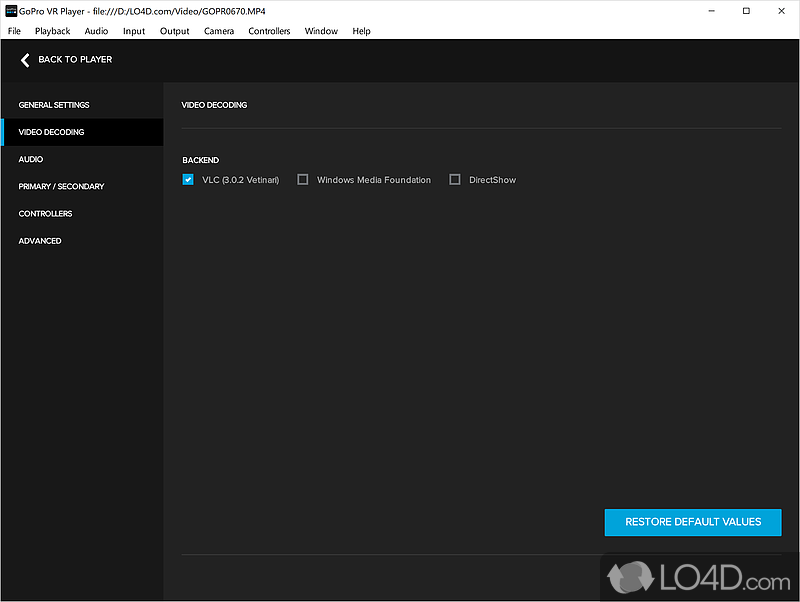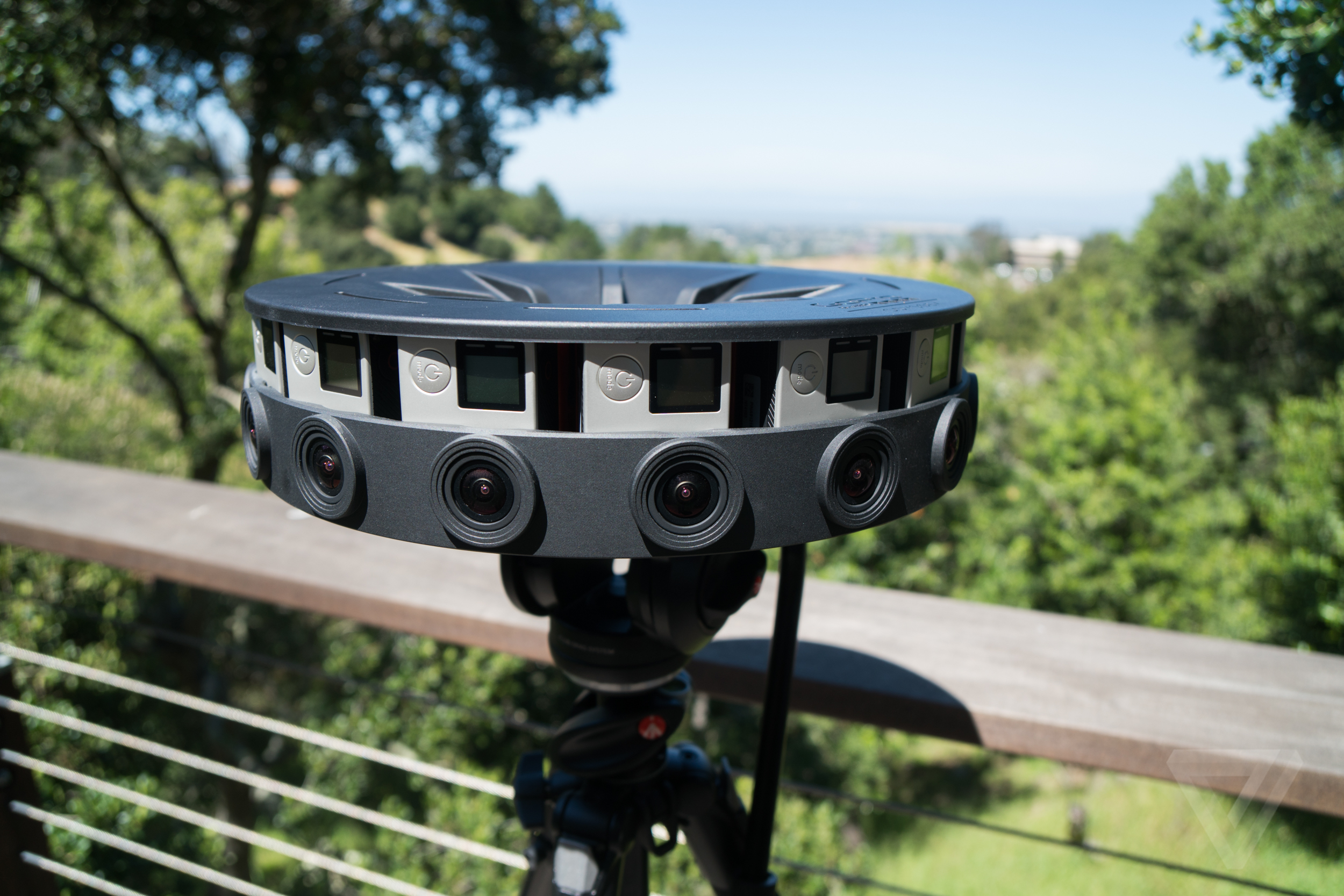

- #Gopro vr player backend full#
- #Gopro vr player backend professional#
- #Gopro vr player backend series#
Modern VR implementations have limitations that don’t allow them to reach this ideal. You can interact with objects, walk, run, climb, and otherwise function as you would in the real world.
#Gopro vr player backend full#
Virtual reality, in full implementation, allows users to move around in an artificially generated environment. Technically, there is a big difference between virtual reality and 360 video. The terms “360 video” and “virtual reality” are often thrown around interchangeably to describe immersive streaming. Virtual Reality and 360 Video: What’s the Difference? Are 360 video and VR video streaming one and the same? This technology is likely far from its final form as it is still developing and evolving. It also makes it easier for smaller businesses to use VR technology for marketing, sales, product demos, live streaming events, and other functions.Īt this time, we’re still at the forefront of VR’s developments. The accessibility of the Quest 2 makes it possible for more consumers to access VR video streaming. This headset’s quality is far more superior to other consumer-grade VR consoles and it is available for $299. In 2020, Oculus released another consumer-grade VR headset, called Quest 2, that absolutely changed the game. The NBA is now broadcasting several full games per year in 360 virtual reality.
#Gopro vr player backend series#
That same year, the NFL partnered with YouTube and Google to create a 9-art series filmed in 360 VR. The setup was bully since it required several towers to operate. The VIVE SteamVR became available for around $1000. The first consumer-grade VR operating system was released in 2016. The platform features an OLED display at 1080×1200 pixel resolution per eye and a 90 Hz refresh rate. It took until March 2016 before a product version of Oculus Rift hit the market. The Oculus VR corporation was subsequently purchased by Facebook in 2014 for $2 billion. In 2010, the first prototype of the Oculus Rift was released.

It wasn’t until the past decade that VR really took off. Medical firms developed several training platforms for surgery simulations. NASA developed a similar platform to pilot the Mars rovers. Military and aviation industries spent large sums to develop VR flight and combat simulators for training pilots and fighters. Sega and Nintendo developed some of the first video game VR systems. Instead, they were large boxes you stuck your head into that used mechanical means to change artwork around you.īetween the 1980s-2000s, VR became more common in niche applications. The first VR machines weren’t digital at all. Over the next 70 years, VR technology advanced very slowly. The history of VR goes back to the 1930s when science fiction author Stanley G. The concept of VR has been around for a long time. VR video streaming is all about an immersive streaming experience that attempts to mimic reality. The idea of virtual reality is simple: create a synthetic environment that people can enter at will.

The History of Virtual Reality VR video streaming has recently become more accessible than ever.
#Gopro vr player backend professional#
We’ll introduce the technology and go over its history before we explain some technical differences between VR video streaming and 360 video streaming.įrom there, we’ll take a look at VR live streaming and discuss what that could mean for professional broadcasters. In this article, we’re going to examine the connections between live video streaming and the virtual reality revolution. These technologies have been gestating for decades, but only now is computing power and bandwidth catching up to make them a reality. Virtual reality and 360 video streaming are developing surprisingly fast after being thought of as “futuristic” for many years. This innovative twist on video is helping organizations connect with their audience in a way that is more lifelike and engaging than regular video content. Virtual reality (VR) video streaming is trending in the online video space.


 0 kommentar(er)
0 kommentar(er)
